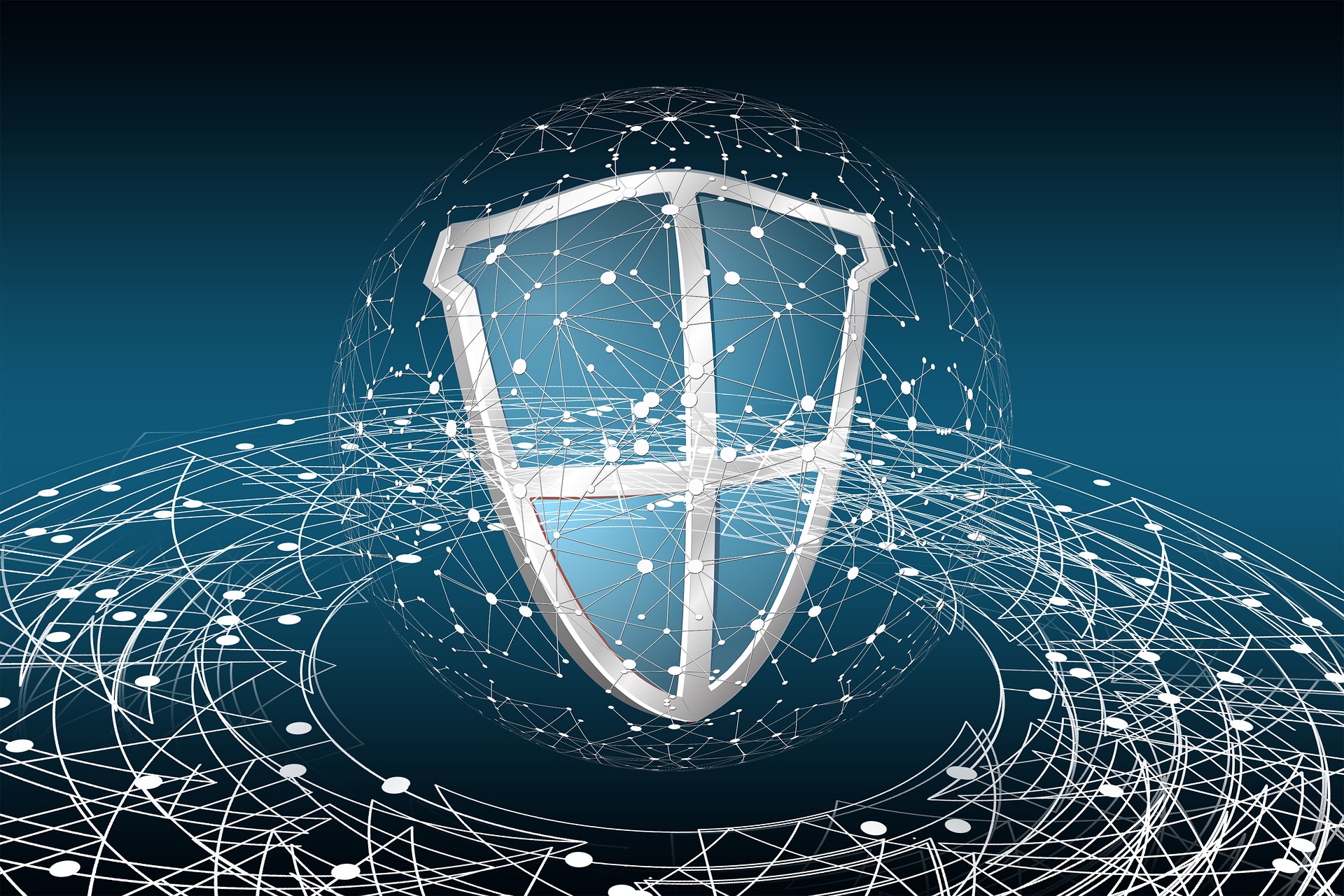Importance of OT Cybersecurity

Most are well familiar with the challenges that present themselves in Information Technology (IT) domains where teams are typically focused on keeping various systems secure while maintaining an acceptable level of continuity of service. This includes:
- Securing data
- Managing and patching software
- Managing user identity, access, and privileges
- Managing third-party vendor security
- Managing and securing remote access
- Implementing security compliance regulations
- Managing and protecting cloud infrastructure
A tough ask no doubt, and an established set of practices, systems and solutions have been progressively tackling these challenges for the last few decades plus.
On the other side of the spectrum we have our Operational Technology (OT) domains where teams are typically focused on keeping the various systems operational and available while maintaining an acceptable level of security.
OT cybersecurity refers to the protection of operational technology systems and networks from cyber threats. This domain contains systems and networks that are used to control and monitor processes across critical infrastructure, such as power plants, manufacturing facilities, hospitals, commercial buildings, transportation systems as well as other industries that are core to our societal fabric.
For example, if we take a common view of OT systems in our daily lives, we need not think any further than a commercial building which commonly contains the following OT systems:
- Building automation systems (BAS) a.k.a. Building Management Systems (BMS): These systems control and monitor various functions of a building, such as heating, ventilation, air conditioning, lighting, and security.
- Elevator control systems: These systems control the operation of elevators in a building, including the movement of the elevators and the opening and closing of the elevator doors.
- Fire alarm systems: These systems detect and alert building occupants of a fire, and may also notify the fire department and automatically activate fire suppression systems.
- Energy management systems: These systems monitor and control the energy consumption of a building, such as turning off lights or adjusting the temperature when the building is unoccupied.
- Access control systems: These systems control who is allowed to enter a building and where they are allowed to go.
- CCTV systems: These systems monitor and record the activity inside and outside of a building, providing building managers with the ability to detect and respond to security incidents.
- Smart lighting systems: These systems use sensors and automation to optimize lighting levels in a building, reducing energy consumption.
It doesn’t take much of an imagination to extrapolate what could occur if one of these systems were to become compromised, let alone a combination of these systems.
The difference between the two domains isn’t as much a question of understanding as it is one of maturity and ability to tailor the right solution to solve the right problem, with OT facing some of the following challenges:
- Legacy systems: Many OT systems are older and use outdated technology, making them more vulnerable to cyber-attacks.
- Lack of visibility and control: Organizations may have limited visibility and control over their OT systems, making it difficult to detect and respond to cyber threats.
- Minimal security expertise: Organizations may have little to no expertise in OT cybersecurity, making it difficult to implement effective security measures.
- Non-existent security budget: Organizations may not have budget allocated for OT cybersecurity, making it difficult to implement and maintain security measures.
- Limited security awareness: Employees may not be aware of the importance of cybersecurity for OT systems, or may not know how to identify and report cyber threats.
- Interoperability issues: OT systems may not be able to communicate with IT systems, making it difficult to integrate security measures and share threat information.
- No developed Standard Operating Procedures (SOPs) including security incident response plan: Organizations may not have a plan in place to detect, respond and recover from a cyber incident, which can lead to prolonged downtime and disruption of operations.
- Limited security testing and monitoring: Organizations may not have the resources to regularly test and monitor the security of their OT systems, making it difficult to detect and respond to cyber threats.
Interestingly, with many OT systems now being connected to other previously disparate systems, the Edge and / or Cloud, we are witnessing an increase in the threat footprint. Some of the latest trends in OT cybersecurity include:
- Ransomware attacks: Cybercriminals are increasingly targeting OT systems with ransomware, which encrypts the system’s data and demands payment in exchange for the decryption key.
- Advanced persistent threats: These are long-term cyber-attacks that are designed to steal sensitive data or disrupt operations. They are becoming more common in OT systems.
- Internet of Things: As more and more OT systems are connected to the internet, they become vulnerable to cyber-attacks that exploit vulnerabilities in IoT devices.
- Industrial Control Systems (ICS): Hackers are increasingly targeting industrial control systems to gain control of the industrial process, which can cause serious damage to infrastructure, injury to people or even loss of life.
With that understanding it’s fair to suggest that the consequence of a cyber-attack on an OT system has the potential to be severe enough to cause death and destruction, whereas the consequences of a cyber-attack on an IT system is typically limited to data loss or disruption of services – important, true – but on a vastly different scale.
While both IT and OT cybersecurity are important, the focus and methods used to protect these systems can be different, with OT cybersecurity playing a more critical role in protecting physical assets and human lives.
Let us continue to demand more be done to help simplify the chatter around these complex topics and make an improved start to helping address the growing set of challenges in the OT space.
